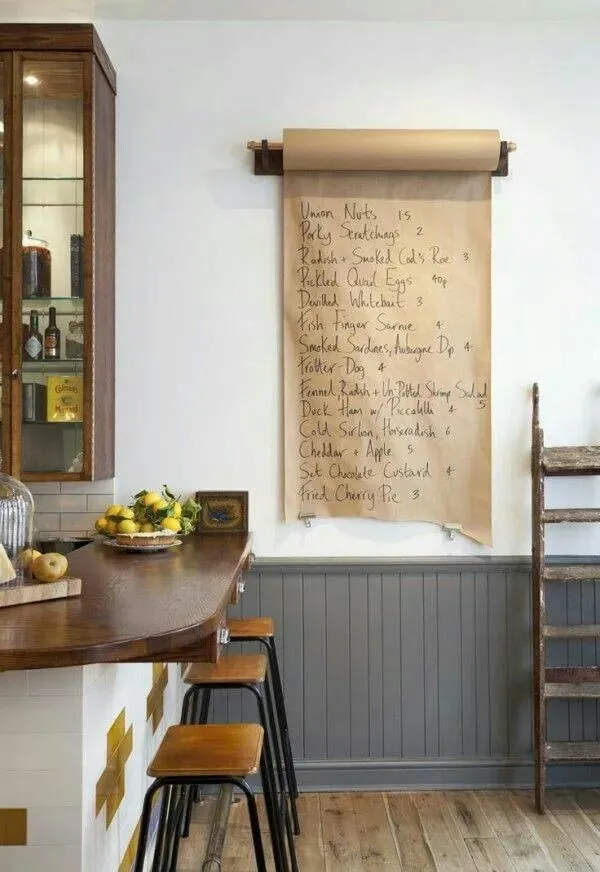Farmhouse Kitchen Decor Top 5 Ideas
Transforming your kitchen into a charming farmhouse haven is a delightful endeavor. Farmhouse kitchen decor combines rustic warmth with functional design, creating a space that is both beautiful and inviting. This article provides top 5 ideas for creating a stunning farmhouse kitchen. From the core elements of the style to the finishing touches, you’ll discover how to infuse your kitchen with the cozy and timeless appeal of farmhouse design. Whether you’re embarking on a complete renovation or simply looking to refresh your existing space, these tips will guide you toward achieving a kitchen that embodies the heart of the home.
Embracing the Farmhouse Kitchen Style
Farmhouse style is about embracing simplicity, functionality, and a touch of nostalgia. It’s a style that celebrates the beauty of imperfections, natural materials, and a sense of history. Key to this style is a relaxed atmosphere. Think of kitchens that feel lived-in and loved, where family and friends gather. Core elements include rustic elements like exposed beams, wood paneling, and open shelving. Neutral color palettes, often accented by soft colors, are the foundation, creating a bright and airy feel. The use of vintage accessories, such as antique signs or enamelware, adds character and charm. The goal is to create a space that feels welcoming and comfortable, where the kitchen truly becomes the heart of the home.
Key Elements of Farmhouse Kitchen Decor
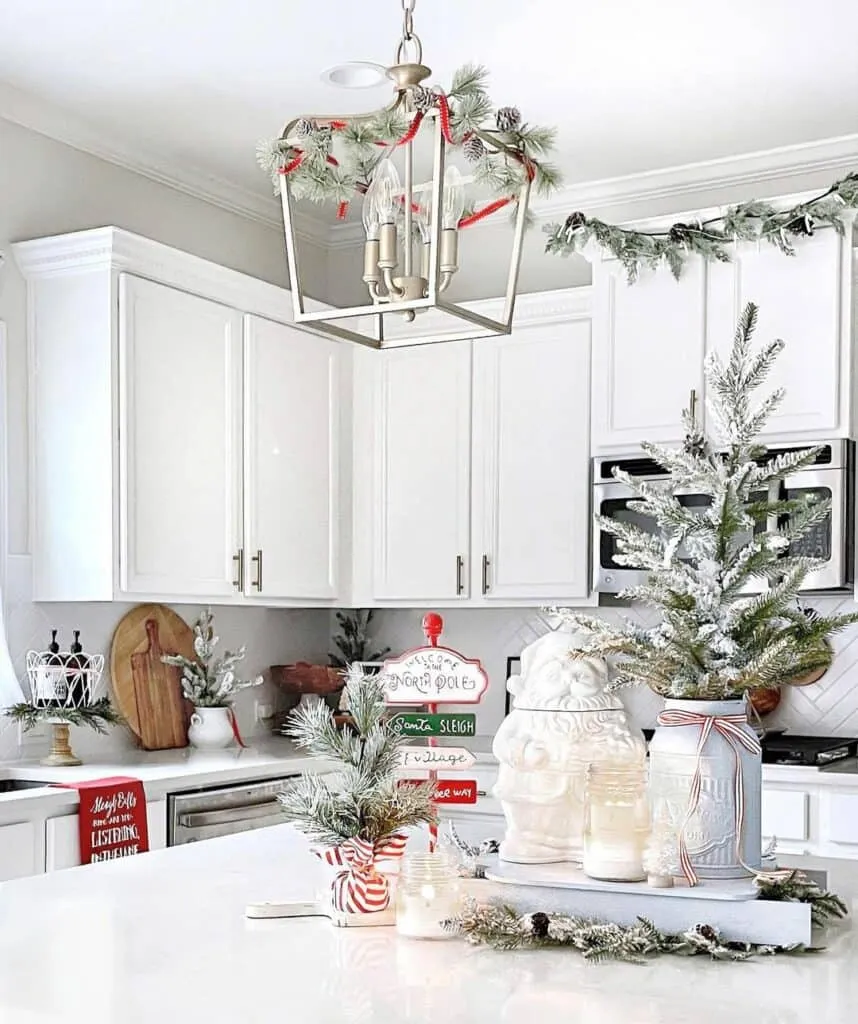
Understanding the essential elements of farmhouse kitchen decor is crucial to achieving the desired aesthetic. Consider elements like the color palette. Neutral tones, such as whites, creams, and grays, form the backdrop, providing a clean and bright base. Rustic accents, like butcher block countertops or distressed wood flooring, add warmth and character. Open shelving is a hallmark of farmhouse style, displaying dishes, cookware, and decorative items. The use of natural materials, such as wood, stone, and metal, enhances the connection to nature. Vintage or antique pieces, like a farmhouse sink or a reclaimed wood table, add personality and a sense of history. The interplay of these elements creates the unique charm that defines the farmhouse kitchen.
Incorporating Rustic Elements
Rustic elements are at the heart of farmhouse design. These elements bring warmth, texture, and a sense of history to your kitchen. Consider incorporating exposed wooden beams, which add architectural interest and a touch of the past. Distressed wood furniture, such as a farmhouse table or chairs, adds character and a lived-in feel. Butcher block countertops offer a practical and beautiful surface, while also contributing to the rustic aesthetic. Reclaimed wood can be used for shelving, creating a unique and sustainable design feature. The use of rustic hardware, such as wrought iron pulls and knobs, can add the finishing touches, unifying the rustic elements and creating a cohesive design.
Using Natural Materials
The use of natural materials is essential in farmhouse kitchen decor. These materials add a sense of authenticity and bring the outdoors in. Wood is a primary material, used in cabinets, flooring, and furniture. Stone, such as granite or marble, is a beautiful choice for countertops and backsplashes. Woven textures, like baskets and jute rugs, add warmth and visual interest. Metal accents, such as copper pots or cast iron skillets, bring a touch of industrial charm. The combination of these natural materials creates a space that is both inviting and grounded, connecting the kitchen to the natural world. The careful selection and placement of these materials are essential to the overall aesthetic.
Adding Vintage Accents
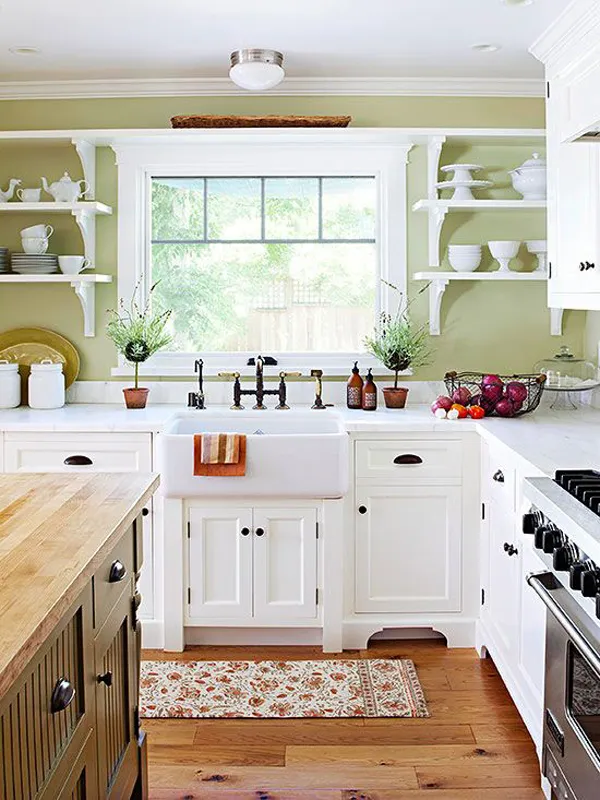
Vintage accents are the soul of a farmhouse kitchen. These elements add personality, character, and a sense of history to your space. Look for antique signs, which can be displayed on walls or countertops. Vintage kitchen tools, such as enamelware pitchers or antique scales, add a touch of nostalgia. Reclaimed furniture, like a vintage hutch or a repurposed work table, provides unique functionality and visual interest. Old photographs, displayed in simple frames, add a personal touch. Thrift stores, flea markets, and antique shops are excellent sources for finding these treasures. Integrating vintage elements is about adding character, telling a story, and infusing the space with a timeless appeal. These accessories will help to create the unique charm of your farmhouse kitchen.
Maximizing Functionality and Storage
While aesthetics are important, farmhouse kitchens must also be highly functional. Smart storage solutions are key to maintaining a clutter-free space. Open shelving is a hallmark of farmhouse style, but it requires careful organization. Use baskets and containers to store items and keep things tidy. Consider installing a kitchen island with built-in storage, such as drawers and cabinets. Utilize wall space with peg racks or pot rails to maximize storage. Ensure that your kitchen layout is efficient and that all appliances are easily accessible. The integration of both beauty and functionality is the cornerstone of a well-designed farmhouse kitchen, enabling you to enjoy both the style and usability of the space. The ultimate goal is to create a kitchen that is both beautiful and practical for everyday use.
Creating a Cozy and Inviting Atmosphere
The goal is to create a space that feels warm, welcoming, and comfortable. Soft lighting is essential; consider using pendant lights over a kitchen island or dining table. Warm color palettes, such as soft whites and creams, create a sense of tranquility. Incorporate textures like woven rugs and linen curtains to add warmth and visual interest. The strategic use of accessories, such as candles, fresh flowers, and seasonal decorations, can enhance the cozy feel. Focus on creating a space where family and friends can gather, and where the kitchen feels like the heart of the home. The details are crucial – from the choice of textiles to the placement of the furniture, all designed to enhance the overall ambiance.
The Importance of Lighting
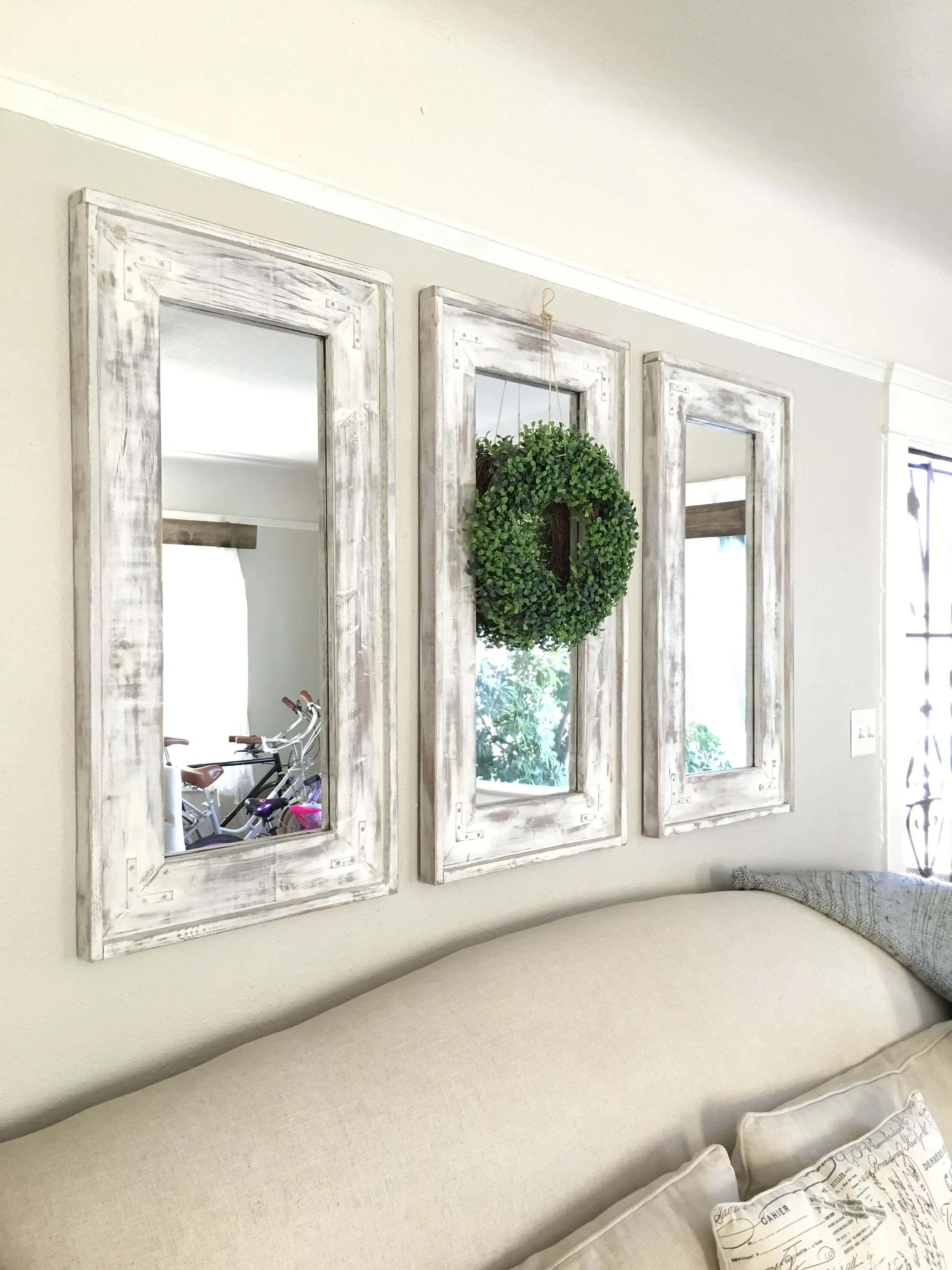
Lighting is a crucial element in farmhouse kitchen decor. The right lighting scheme can dramatically enhance the atmosphere and functionality of the space. Layering is key: combine ambient, task, and accent lighting to create a balanced and inviting feel. Choose warm, inviting light bulbs that cast a soft glow. Pendant lights over an island or dining table add visual interest and provide task lighting. Under-cabinet lighting can illuminate countertops and provide additional task lighting. Consider using vintage-inspired light fixtures to enhance the farmhouse aesthetic. Natural light is also important, so keep windows clear and unobstructed. Proper lighting will create a welcoming and practical space where you can enjoy cooking, dining, and gathering.
Choosing the Right Color Palette
The right color palette is essential for setting the tone of your farmhouse kitchen. Neutral colors, such as whites, creams, and grays, create a clean and bright foundation. These colors provide a versatile backdrop for other design elements. Consider adding accent colors, like soft blues, greens, or yellows, to introduce visual interest. The colors should complement the natural materials in the space, such as wood and stone. The goal is to create a cohesive and inviting space. Keep it consistent with your accessories, such as dish towels, curtains, and decorative items. The right color palette will enhance the charm of your farmhouse kitchen.
Accessorizing with Farmhouse Charm
Accessories are the finishing touches that bring the farmhouse kitchen to life. Choose accessories that reflect the rustic, vintage, and functional style. Display antique signs, vintage cutting boards, and enamelware pitchers. Use baskets and containers for storage, adding texture and visual interest. Add fresh flowers or potted herbs to bring a touch of nature indoors. Choose dish towels, curtains, and other textiles that complement the color palette and enhance the overall aesthetic. The accessories you choose should reflect your personal style and create a space that is both functional and beautiful. These details will enhance the character and make your kitchen uniquely your own.
Conclusion
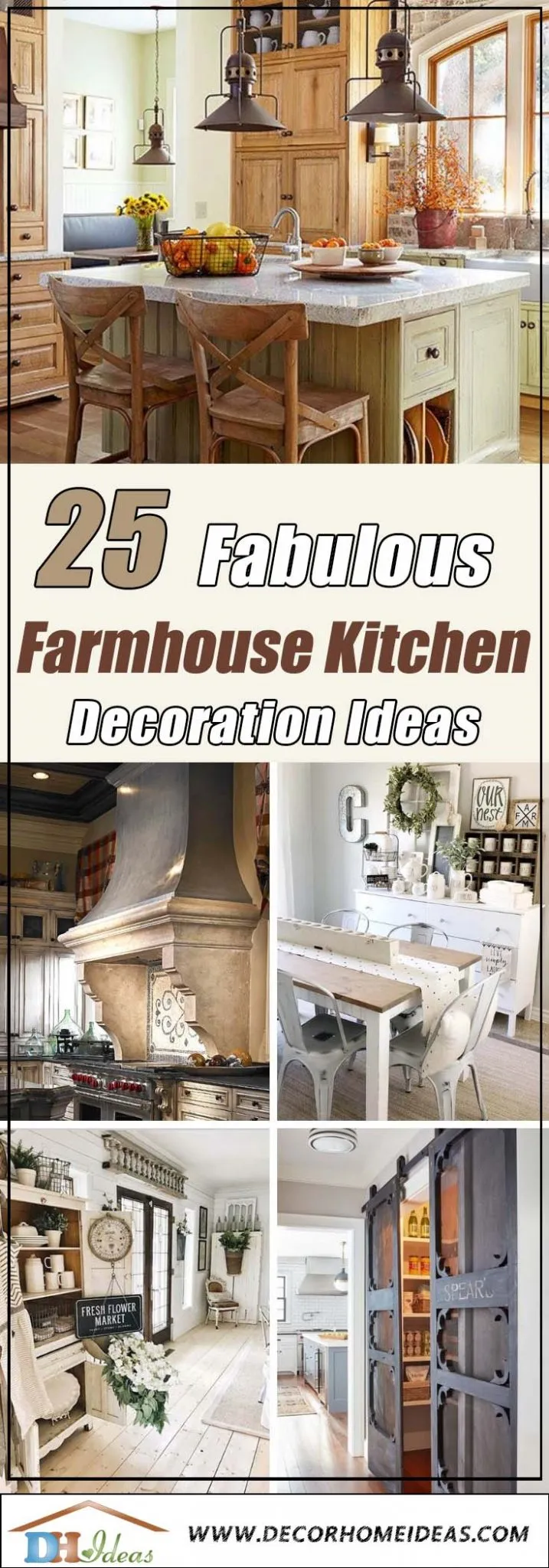
Creating a farmhouse kitchen is all about blending functionality with a warm, inviting aesthetic. By focusing on rustic elements, natural materials, vintage accents, and smart storage solutions, you can transform your kitchen into a charming and welcoming space. The tips outlined in this article provide a guide to achieving this timeless style. From choosing the right color palette and lighting to accessorizing with farmhouse charm, each element contributes to the overall atmosphere of the kitchen. With these ideas, you can create a space that is not only beautiful but also the heart of your home.
